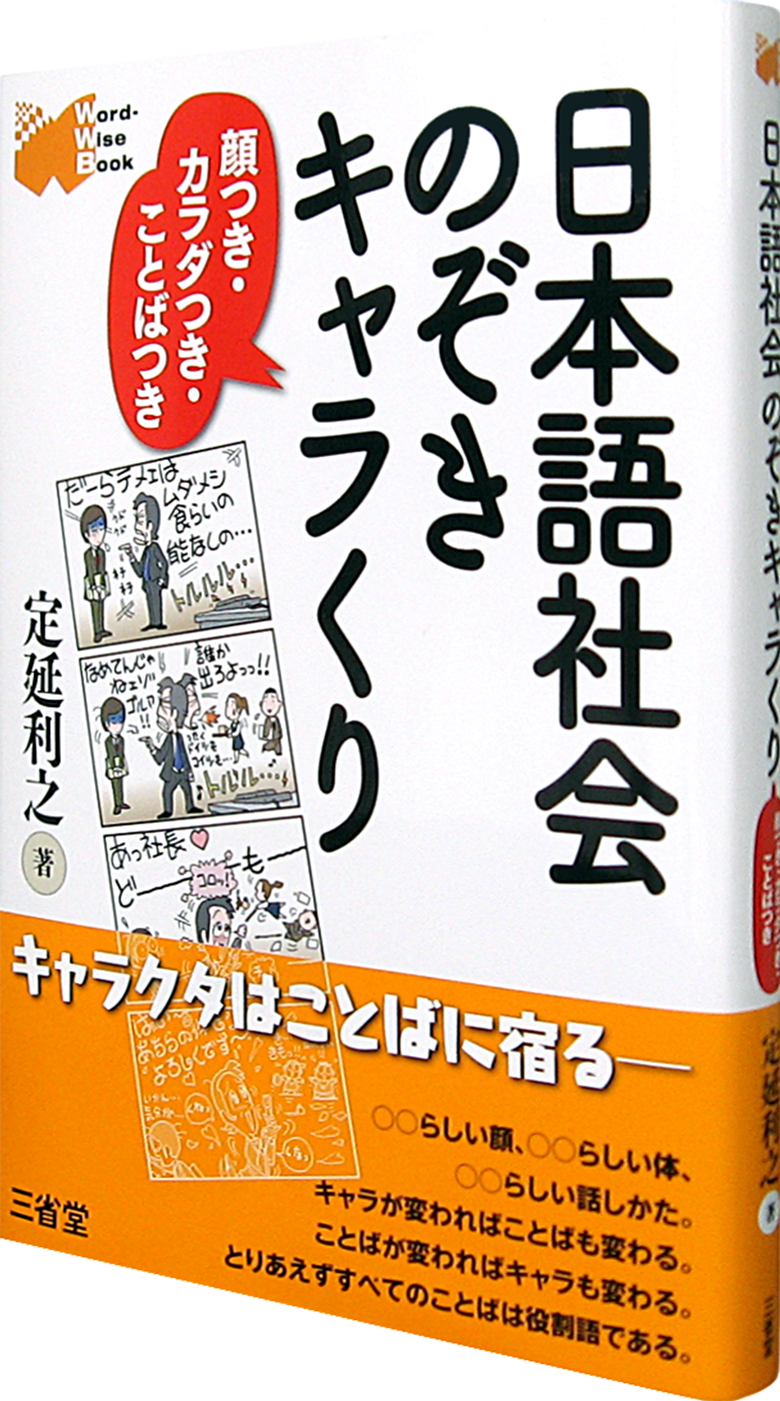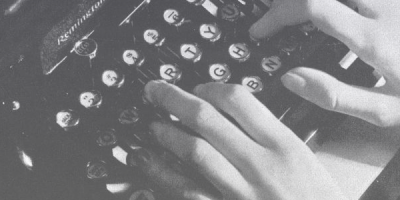
Previously, we saw that the list of things related to character includes not just language, but also actions and body, upbringing and heritage, and so on ad infinitum.
Among these, language is particularly notable as it relates to character in various forms. The link between language and character is not homogenous; there are at least three forms of connection.
First, language directly expresses character. For example, in evaluating an old man, one might say that he’s a “rich kid” (botchan) or a “child.” In this case, the words “rich kid” and “child” directly reflect that person’s self-centered, infantile character.
Second, language that expresses behavior also indirectly expresses the character that is performing the behavior. For example, if you used the verb “tatazunde iru” (standing still)(1) in regards to a certain person, it would imply that the person had the aura of an “adult” character. No matter how still he stood, we would not say “Tara-chan ga tatazunde iru” (Tara-chan stood still) of Tara-chan from the anime Sazaesan.(2) Similarly, while we might say that a hero like Momotaro Zamurai(3) or the good wife and mother in Tensai Bakabon(4) “smile merrily” we would not say they “chuckle gloatingly.” “Chuckle gloatingly” is an expression we would use with a “bad person” character.
Third, language, regardless of its meaning, indirectly expresses the character that is uttering that language. This connection was discussed by Satoshi Kinsui in Vaacharu Nihongo: Yakuwarigo no Nazo(Virtual Japanese: The Mystery of Role Language) (Iwanami Shoten Publishers, 2003); for example “Soo ja, washi ga shitte oru” (Ah yes, I know…) is the language of the elderly scholar, while “Soo desu wa yo, watakushi ga zonjite orimasu wa” is the language of the ojosama.(5)
Natsume Soseki’s “Botchan” (1906) is not literally the story of a botchan(rich kid). Rather, it is the story of a middle school teacher. The title Botchan refers to the novel’s childish characters, like the “king of the hill” character of the teacher (see part 25 of this series).
Hayashi Fumiko’s Vagabond’s Diary(1930) reproachfully describes the “faltering gaze” and “spinelessness” of the heroine’s supposedly “brave” lover in the face of his parents (see part 6).
In Dazai Osamu’s “Haru no Kareha” (1946), a young man and woman playfully affect “senior citizen” characters by using the expression “…ja kara noo” (see part 10).
These are, of course, examples of the first, second, and third types of connection between language and character.
When told “language is connected with character,” adults tend to think that this is just a temporary fad of today’s youth.
That’s ridiculous. This is something we’ve been doing for a very long time.
* * *









(1) The verb tatazumu(to stand still; to be rooted to one spot) appears to have some nuance of adultness or maturity that is not fully conveyed by the equivalent English expressions.
(2) See the footnotes in part 24 of this series for more about Tara-chan.
(3) Momotaro Zamurai is a samurai hero in a period play, who is moral like Momotaro. Momotaro is sometimes translated as “Peach Boy,” and is one of the most famous traditional folk tales of Japan.
(4) A comedy manga series by Fujio Akatsuka (see part 1 of this series).
(5) See part 24 of this series for more on the ojosama character.